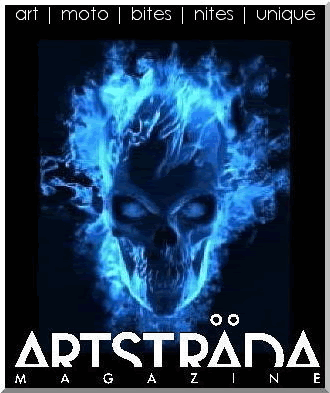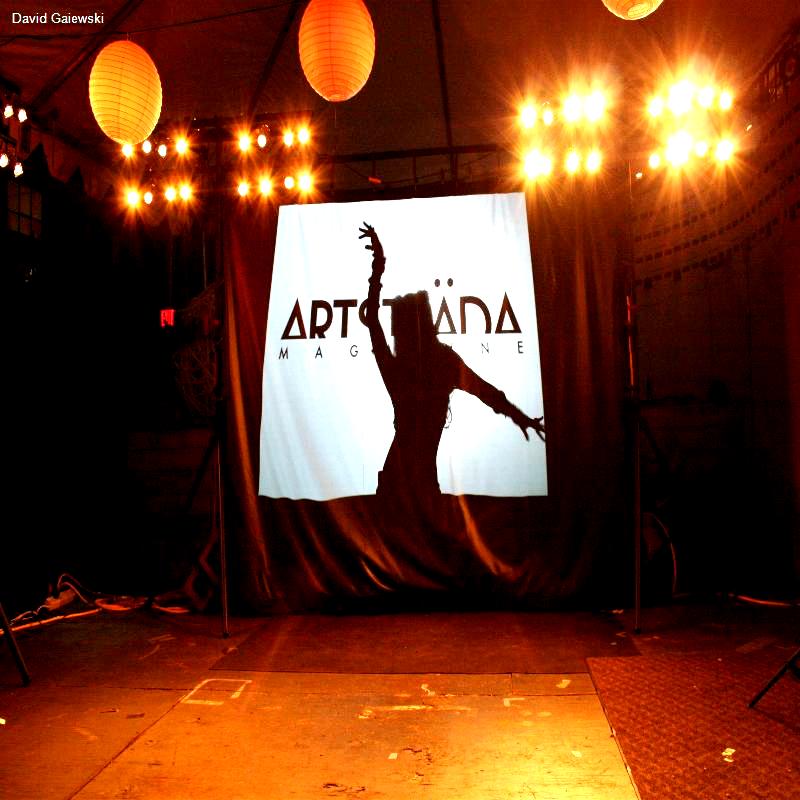Castle RA-3B Skywarrior Reassembly & Rollout
28 October 1952: The prototype Douglas XA3D-1 Skywarrior, Bu. No. 125412, made its first flight at Edwards Air Force Base, California. Douglas test pilot George R. Jansen was in the cockpit. The Skywarrior was a carrier-based, twin engine strategic bomber, designed to carry a 12,000 pound (5,443 kilogram) bomb load. The prototype was equipped with two Westinghouse XJ40-WE-6 turbojet engines producing 7,000 pounds of thrust, each.
Designed to be launched from an aircraft carrier, fly 2,000 miles (3,219 kilometers), deliver a 3.8 megaton Mark 15 thermonuclear bomb on target, then return to the carrier, the Skywarrior was a considerable challenge for its designers. It was operated by a three man crew: pilot, navigator/bombardier and gunner.
The production A3D-1 was 74 feet, 5 inches (22.682 meters) long with a wingspan of 72 feet, 6 inches (22.098 meters) and overall height of 22 feet, 10 inches (6.960 meters). The shoulder-mounted wings were swept back at a 36° angle and the wings and vertical fin were hinged so that they could be folded for storage aboard the aircraft carrier. The bomber’s empty weight was 35,900 pounds (16,284 kilograms) and the maximum takeoff weight was 70,000 pounds (31,752 kilograms).
When the two prototypes’ Westinghouse J40 engines proved to be underpowered, they were replaced with Pratt and Whitney J57-P-1 turbojets. Production models were equipped with the J57-P-6, which produced 10,000 pounds of thrust.
The A3D-1 had a cruise speed of 519 miles per hour (835 kilometers per hour) and maximum speed of 621 miles per hour (999 kilometers per hour) at 1,000 feet (305 meters). The combat ceiling was 40,500 feet (12,344 meters). It had a range of 2,100 miles (3,380 kilometers). The combat radius was 1,150 miles (1,851 kilometers).
The Skywarrior could carry 12,000 pounds (5,443 kilograms) of conventional or nuclear bombs in its internal bomb bay. A remotely-operated turret in the tail was armed with two 20 mm cannon.
The first A3D-1 production aircraft were painted a glossy sea blue. This was soon changed to a flat light gray for the sides and upper surfaces with gloss white underneath. This provided better camouflage as well as thermal protection from nuclear blast. http://www.thisdayinaviation.com/28-october-1952/



Comments
Post a Comment